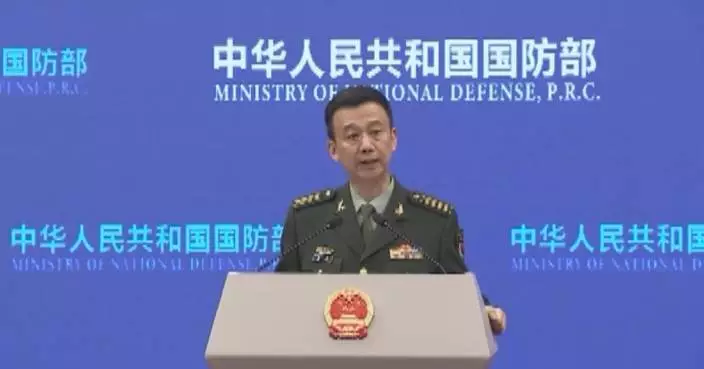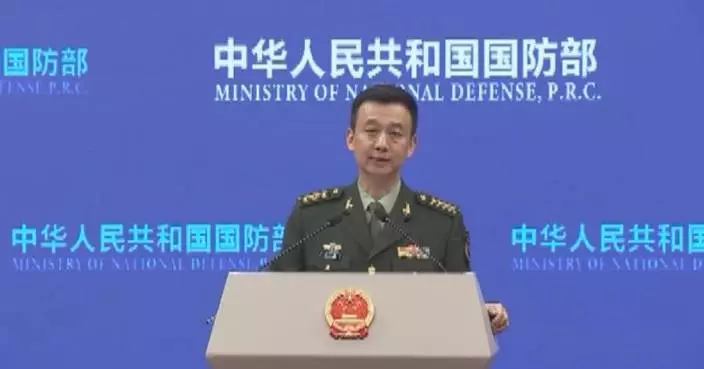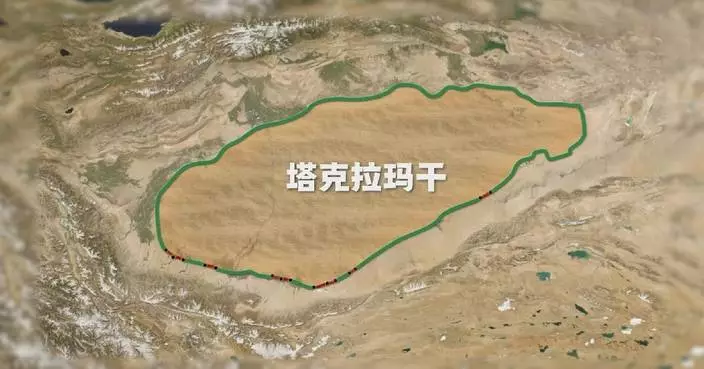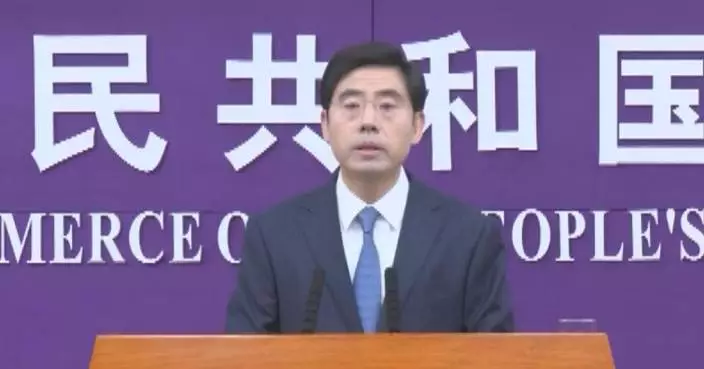Feng Ji, founder and head of Shenzhen-based Game Science, the developer of Black Myth: Wukong, emphasizes the importance of telling stories from a Chinese perspective while producing a game.
Officially launched across the globe on Aug 20 this year, "Black Myth: Wukong" is a highly-anticipated video game inspired by the ancient Chinese tale "Journey to the West." This release marks a bold foray by Chinese game developers into a market long dominated by Western triple-A titles.
Feng and his dedicated team spent six years bringing the project to life.
During an interview with China Media Group, Feng recalled that he was once addicted to video games for three or four months during college. When talking about making games, he stressed the positive effects of video games while noting that the games should have a good balance.
"There is indeed a risk, or a dark side, to video games. What is it? there are feedbacks on games, and if a game is strongly, deliberately, and continuously trying to induce you to play it excessively, then it would be potentially more addictive than those recreational products. This can be harmful to gamers, especially those who are not mentally mature, just like how we restrict children from experiencing certain services. So, in this regard, I think there needs to be some limits. In our company, we talk about making a game that you would feel comfortable recommending to your children, your friends, or your relatives, telling them, 'It's fine to play.' If you can honestly say this to yourself, then that might be a reasonable balance," said Feng.
According to observers, from "Journey to the West" to "Black Myth: Wukong," Chinese traditional culture has been continuously expressed, re-imagined and blended, increasingly aligning with international tastes while showcasing the charm of cross-cultural exchange and mutual learning.
Feng said the whole team has been carefully blending traditional cultural elements with modern game sets throughout the development stage, but there are more that they can do.
"As long as it's something I create, there's no need to worry about whether it's Japanese, American, or European. I believe that telling a Chinese story doesn't just mean telling a traditional or ancient Chinese tale, and it's about telling a story from a Chinese perspective. I offer my vision, my values and my perspective that perhaps even more profound, and I think this is a kind of confidence built on global views," said Feng.
With over 10 million copies sold across all platforms in just three days after its release, the Chinese action role-playing game stands as the most successful Chinese video game to date.

Black Myth creator highlights importance of storytelling from Chinese perspective
The Chinese government issued an action plan on Wednesday to reduce logistics costs and boost economic efficiency, with the goal of lowering the ratio of social logistics costs to GDP to around 13.5 percent by 2027.
By 2027, the country expects to further optimize the structure of goods transport, and strengthen the national logistics hub system and modern logistics service network, said the plan issued by the general offices of the Communist Party of China Central Committee and the State Council.
China will further optimize its national cargo transport system, with the goal of raising the share of railway freight volume and railway freight turnover to about 11 percent and 23 percent, respectively, by 2027. Port container transport via rail and water is also expected to maintain strong growth.
"The ratio of total social logistics costs to GDP reflects both the cost efficiency of the logistics sector and the organizational quality of the industrial and supply chains. In 2023, this ratio in China was 14.4 percent. Based on China's 2023 GDP, a 0.9 percentage point decrease from 14.4 percent to 13.5 percent would cut total logistics costs by over one trillion yuan (about 138 billion U.S. dollars), generating significant corporate profits," said Lu Chengyun, deputy director of the logistics department at the Integrated Transport Research Institute of the National Development and Reform Commission.
To effectively improve logistics efficiency and cut costs, many logistics hub cities across China are introducing new initiatives, focusing on areas such as improving multimodal transport systems, establishing direct freight train services, and ensuring the open sharing and connectivity of logistics data across different platforms.
Huai'an City in east China's Jiangsu Province is home to the province's largest inland river port. This year, Huai'an Port partnered with leading global shipping companies to link domestic inland river routes with international ocean shipping lines, creating a more efficient and convenient logistics channel for import and export businesses.
"In the past, goods from inland areas were usually transported by road first and then shipped by sea. Now, the process begins with inland river transport, followed seamlessly by sea transport, which reduces the time and procedures for goods transport, cutting the average logistics cost per container by nearly 50 percent. Besides, integration and facilitation measures for customs clearance, such as direct cargo pick-up at the ship, immediate loading upon arrival at ports, and the same vessel for both domestic and international shipments, have all contributed to reducing transport time," said Yang Shan, a foreign trade staff member from a Huai'an-based shipping company.
Starting in 2024, the Hunan-Guangdong-Africa rail-sea intermodal train service, featuring shorter transport time, more stable operations, and lower costs, has begun operating on a weekly schedule. Freight trains carrying products such as new energy vehicles and machinery parts depart from Zhuzhou City in central China's Hunan Province, heading directly to Nansha Port in Guangdong Province in the south where the goods are prepared for export to Africa.
"Previously, our Hunan-Guangdong-Africa rail-sea intermodal train service didn't have a direct route. Now, with the new service, the transport time from Zhuzhou to Guangzhou has been cut from 72 hours to just 20 hours. We are also continuously optimizing rail freight costs, and through resource integration, we have reduced logistics costs by about 2,500 yuan (about 345 U.S. dollars) per container," said Zhang Jian, chairman of a Zhuzhou-based logistics company.
In Zibo City of east China's Shandong Province, real-time logistics data of bulk commodities is monitored and analyzed on trading platforms. Such platforms can monitor the status of cargo trucks throughout the entire process, from loading and transport to unloading, enabling more efficient logistics planning and cost savings.
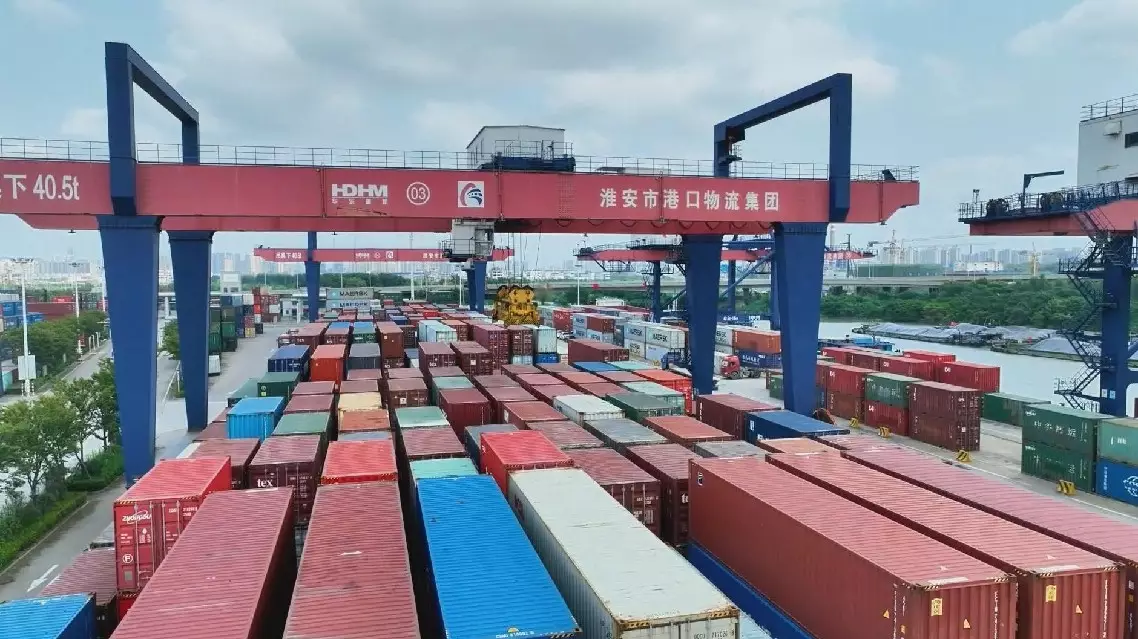
China issues action plan to cut national logistics costs





